
How To: Make a tabletop biosphere
In this video, Bre Pettis from MAKE magazine will show you how to make a tabletop biosphere. You need a jar, aquatic plants, shrimp, amphipods, dechlorination chemicals, and chicled salt.


In this video, Bre Pettis from MAKE magazine will show you how to make a tabletop biosphere. You need a jar, aquatic plants, shrimp, amphipods, dechlorination chemicals, and chicled salt.
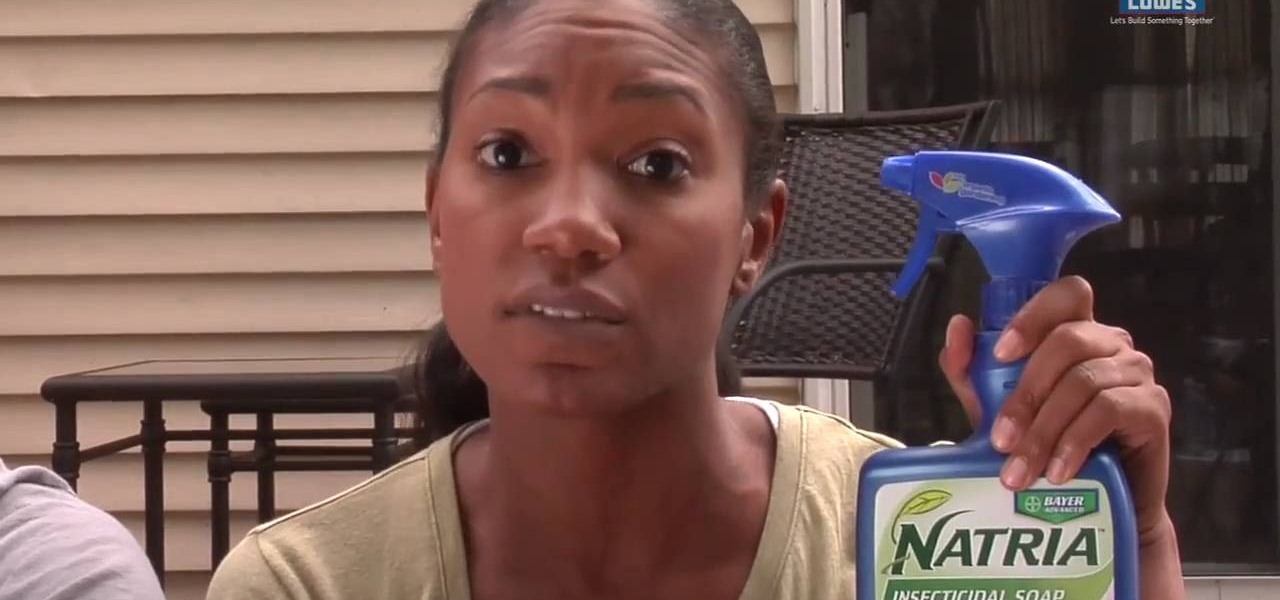
You've worked hard to get your garden in shape— the tilling, the planting, the watering, so when pests and weeds threaten your garden, you'll want to take action. But if you don't want to use chemicals, there are effective organic alternatives. Lowe's has the advice you need for keeping those unwanted enemies out.

In order to transition from the Running Man to the Melbourne Shuffle and the Melbourne Shuffle to the Running man, you need to remember that the 3rd step of one and the middle step of the other are the exact same step. This is the transition step.
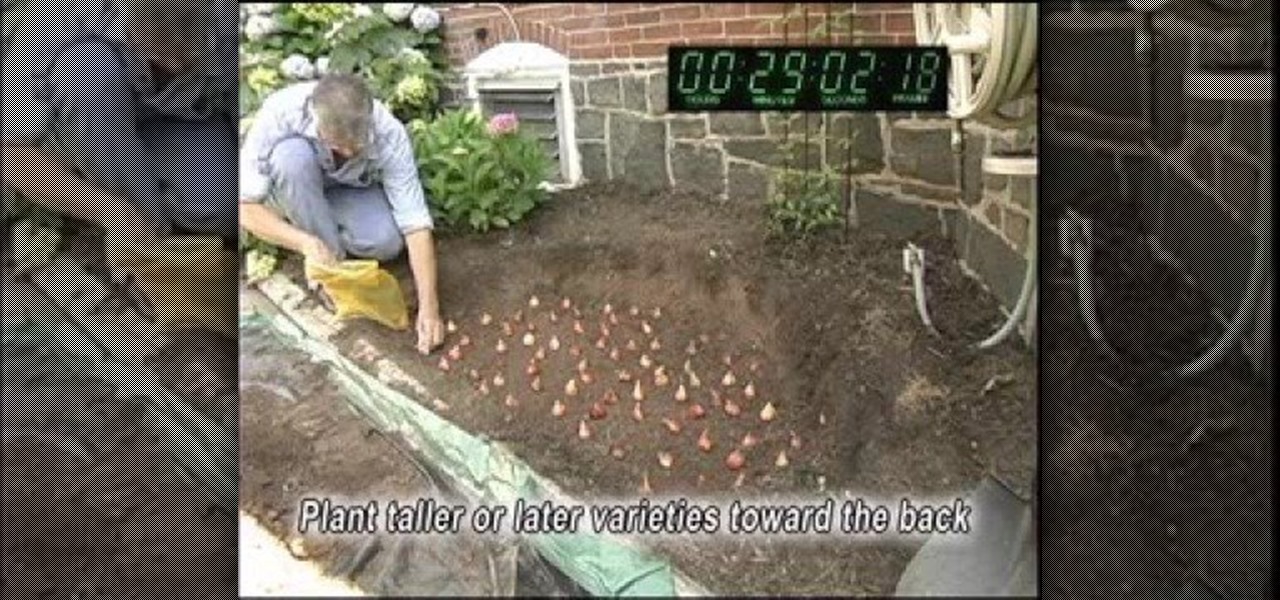
This video shows that it is possible to plant 100 tulip bulbs in less than 50 minutes, and it is easier and less expensive than you think.

Tenderfoot is the first rank earned as a Boy Scout. The requirements of becoming a Tenderfoot provide basic skills to begin preparing the scout for higher adventure outings. Earning badges and receiving recognition can be very satisfying to boys. However, keep in mind that the badge is only a representation of a valuable set of skills that a scout has learned and demonstrated. The skills, wisdom, and experience gained through the activities of the scouting program are of much more value than ...

As a Boy Scout, when the First Class rank is attained, a scout has learned all the basic camping and outdoors skills of a scout. He can fend for himself in the wild, lead others on a hike or campout, set up a camp site, plan and properly prepare meals, and provide first aid for most situations he may encounter. A First Class scout is prepared.
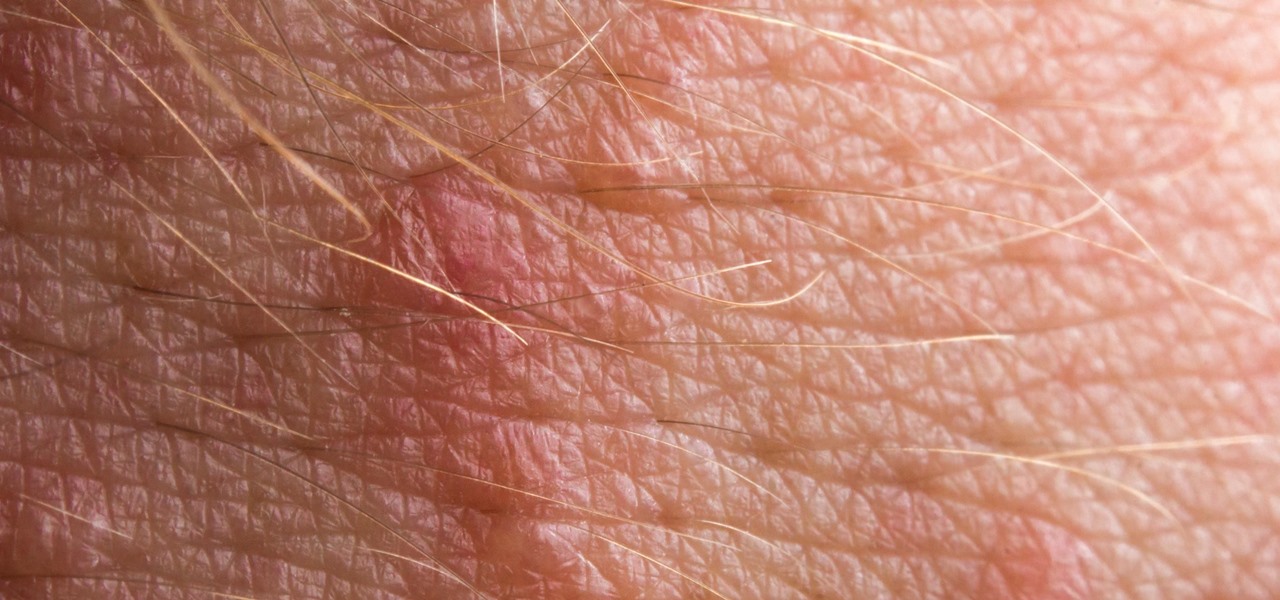
Summer is the best friend of poison ivy, oak, and sumac. When the weather is hot outside, people spend more time in the great outdoors, which means more people accidentally running face first into some poisonous shrubs, leaves, and vines. If that sounds like you, instead of suffering through the itch or spending money on expensive pharmaceutical solutions, try some of these home remedies out.
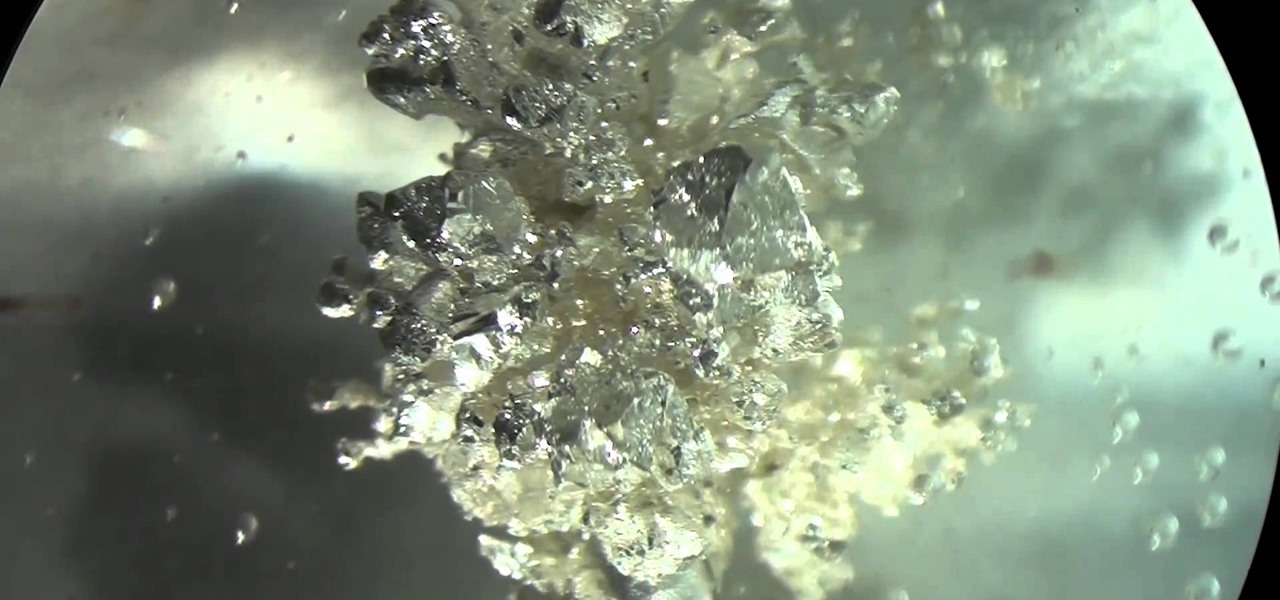
This is a great school project or weekend fun. Grow some silver crystals that you can see under a microscope! Use the princples of electrochemistry to create crystals out of silver metal, and watch them grow right before your eyes.
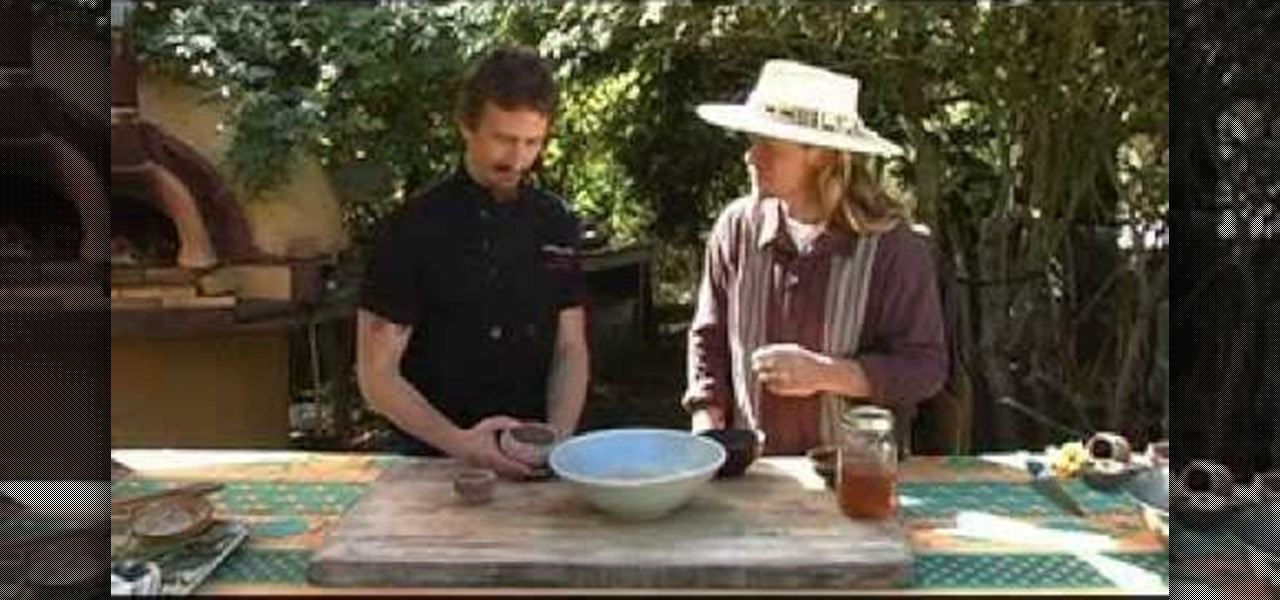
Catch, gut, and cook your own food? It sounds slightly caveman-ish, but deriving your food straight from nature ensures you always know what you're eating (a luxury you don't get at the grocery store) and that you're eating healthy.

In our most idyllic of dreams we envision living in a 17th century English castle with endless lush fields and gardens bursting with flora and faunt. But unfortunately most of us live in a more urban setting (think right in front of a Subway) and don't have as much space to work with if we want to garden.

In this tutorial, we learn how to make dogbane cordage. Dogbane is also known as Indian hemp, which is a plant which is used to make cordage. Once you identify the plant outside, you can process it into a raw and finished product. First, you will simply peel the bark off of a branch of the dogbane. After this, you will squeeze along the inside of it and start to peel the layers back. You will then get a bushy type of wood that looks like it's hair. After this, you can tie these together or br...
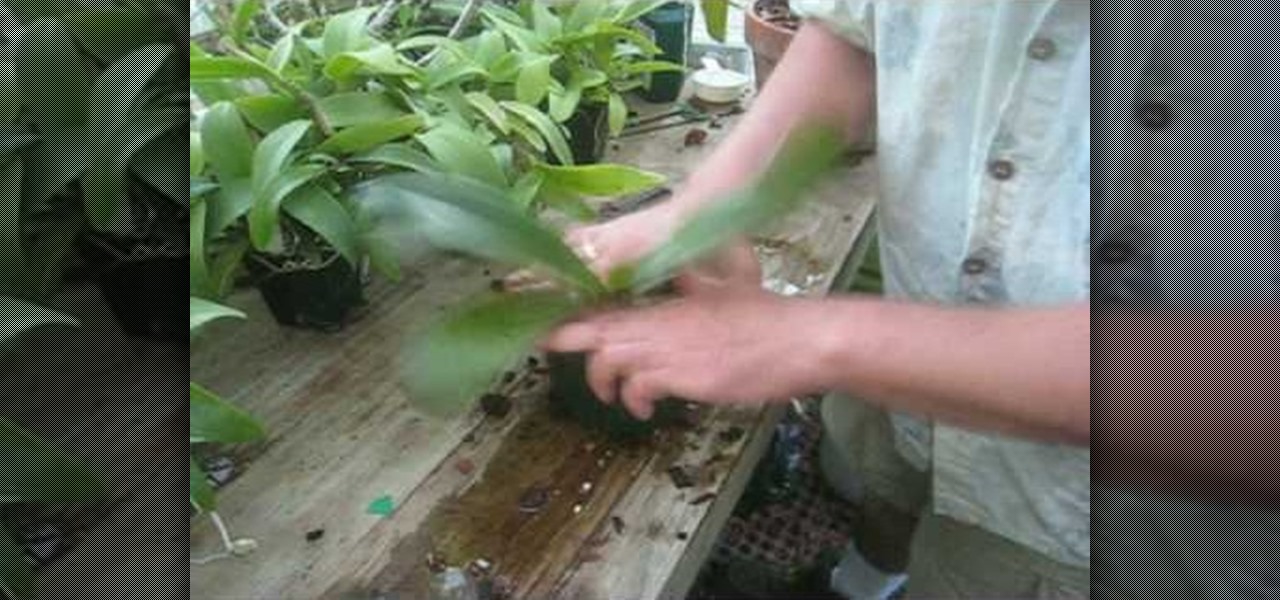
In this tutorial, we learn how to repot a phalaenopsis orchid in a bark mix. First, take out all the moss from the plant and wash off the roots. After this, get the plant ready for trimming and trim it at the very bottom of the roots. Measure the depth of the pot to make sure the roots aren't too long. Now, gather the roots and place them down into the pot with packing peanuts and soil inside of it. After you do this, pack in soil around the sides of it and keep it watered so it doesn't die out.

If you have a long, piece of weed that needs to be removed from your garden, then this video may help. In this tutorial, you'll find out what a mile-a-minute weed looks like and how to remove it from your yard.

Every time fall rolls around, gardeners tend to take their time when pruning plants in their garden. Roses are the most commonly pruned plants during the fall since many are trying to help protect them before the cold winter months arrive. But it's sometimes best to listen to Mother Nature on when is the best time to prune.
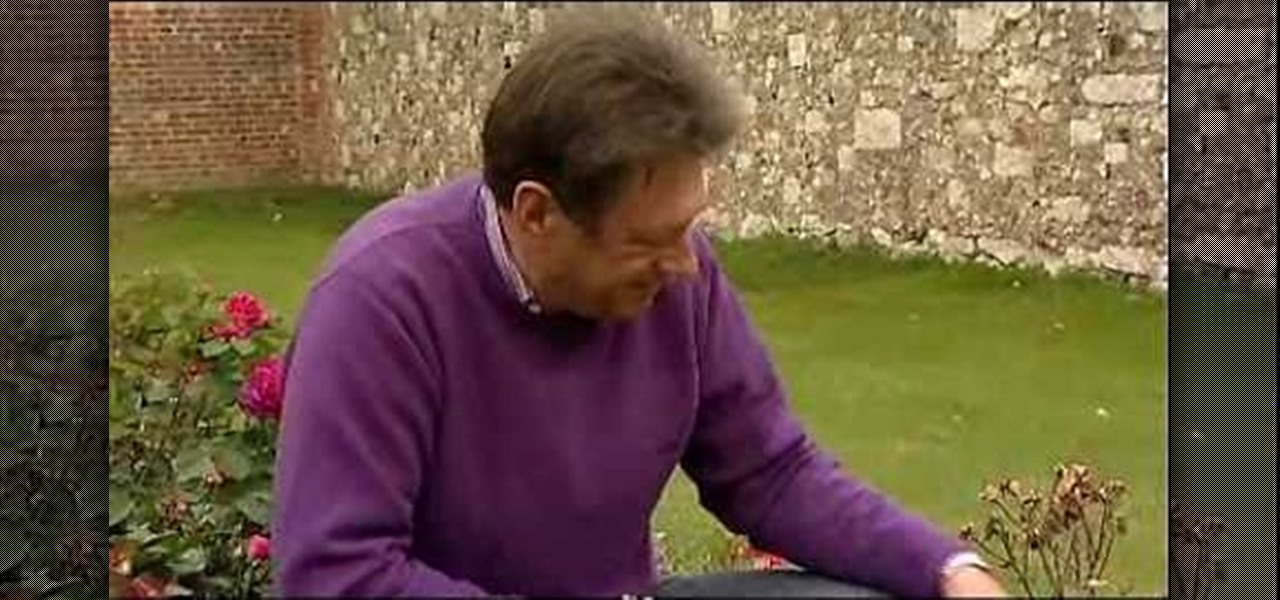
Something that every gardener needs to know is how to prune and trim your plants properly.Being able to perform both of these functions is important for keeping your garden beautiful and making sure that they will last for a long time. When pruning or trimming plants, it's important to always use the right tools for the job.
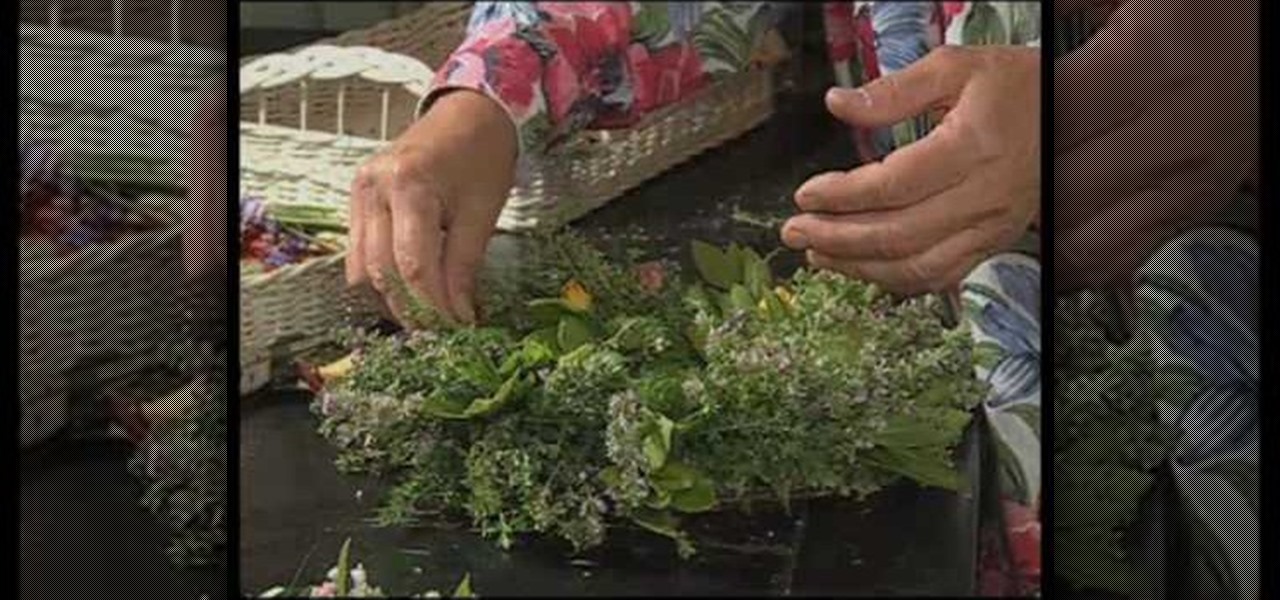
In this video tutorial, viewers learn how to make decorative wreaths from garden plants. Users will need a wreath thorn. Users may choose to make the wreath or purchase it. Then add on some greenery such as bay leaf. Now place the greenery onto the thorn wreath and secure it by wrapping it 3 times around with wire. Continue doing this for the rest of the wreath. This video provides a visual demonstration for viewers to easily follow along. This video will benefit those viewers who are interes...
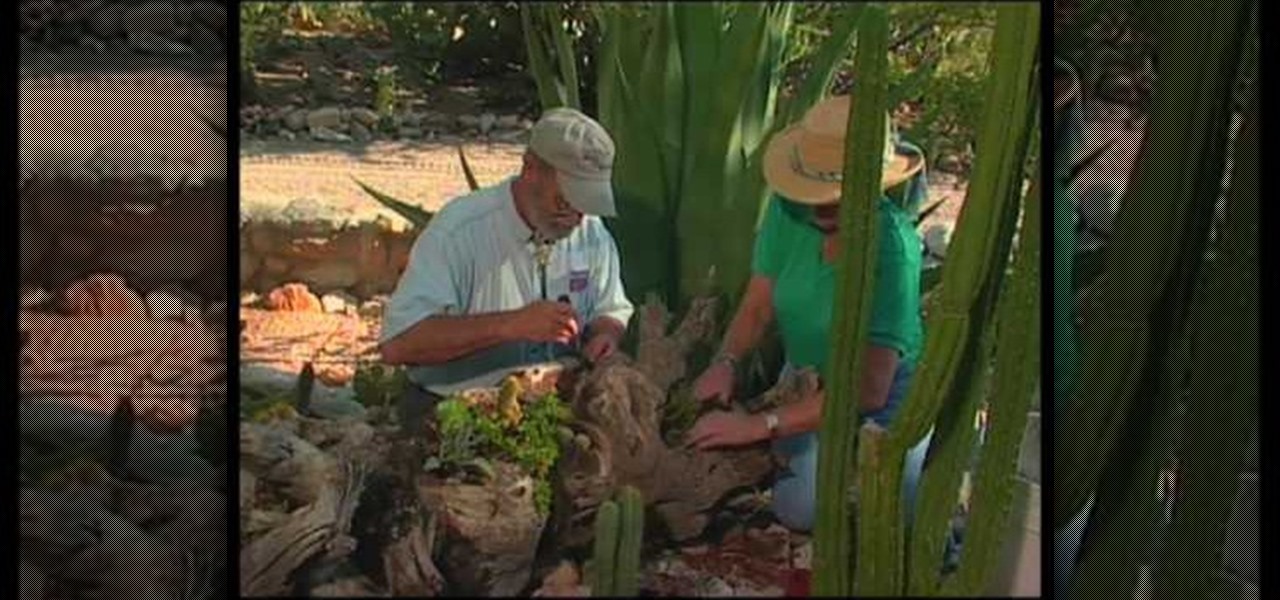
In this how to video, you will learn how to use an old tree log as a planter for your plants. To do this, you must have an old tree log. The trick is to create and make the holes bigger in the log. Some of the holes may be too deep, so you must place netting to hold the soil back. The netting will last as long as the log. To make the holes bigger, use a hammer and chisel to shape it. Drilling and burning does not work as well as hammers. Placing the plants in and watering it will cause the lo...
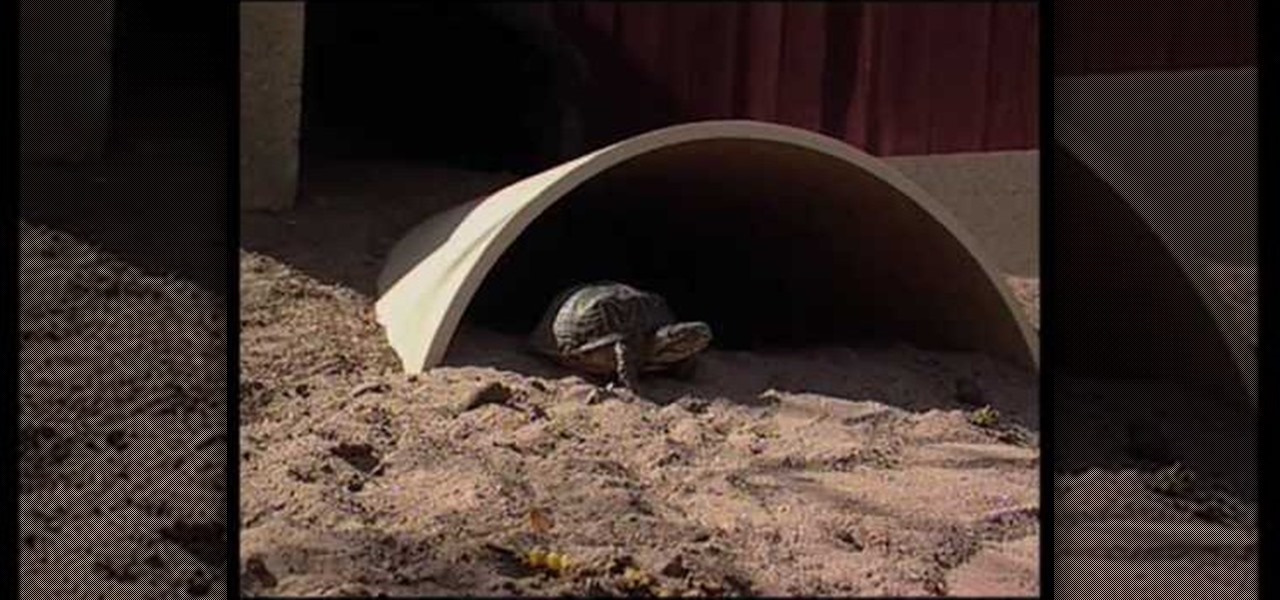
If you need to make a desert tortoise habitat you should be sure to do it properly since they are endangered animals. Desert tortoises like to eat plants because 90% of their diet should come from natural grasses. You should make sure they have dandelion, muellen and a bit of alfalfa. You can also feed them lettuce and make sure they get the right vitamins. You also need to make sure the soil is right for the desert tortoise. To build a habitat properly you need PVC pipes and slice these in h...
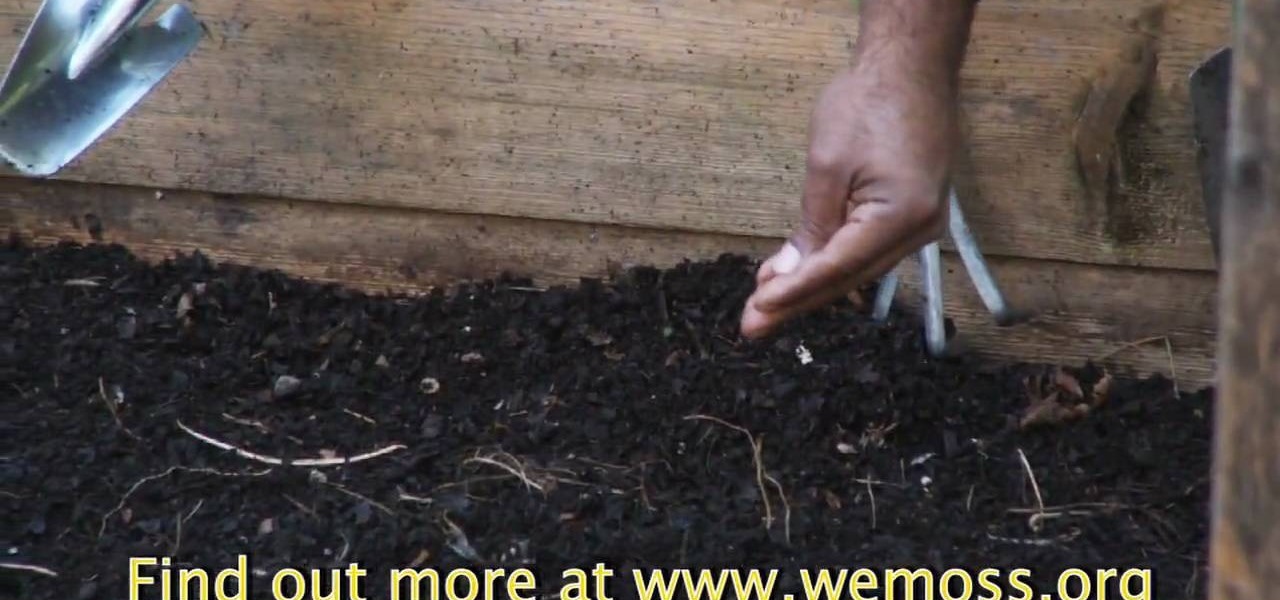
This video describes how to have a raised garden bed. You can use your raised garden bed for most all vegetables. They are using this one for winter vegetables and early spring ones. A good hint was to line 3 seeds up end to end and that is the depth you need to plant them. Lettuce was the vegetable that was shown. Thinning out the bed is very important as not to crowd the plants. A point made was that you can eat the ones that you thin out or use them in a compost pile. Keeping the seedlings...
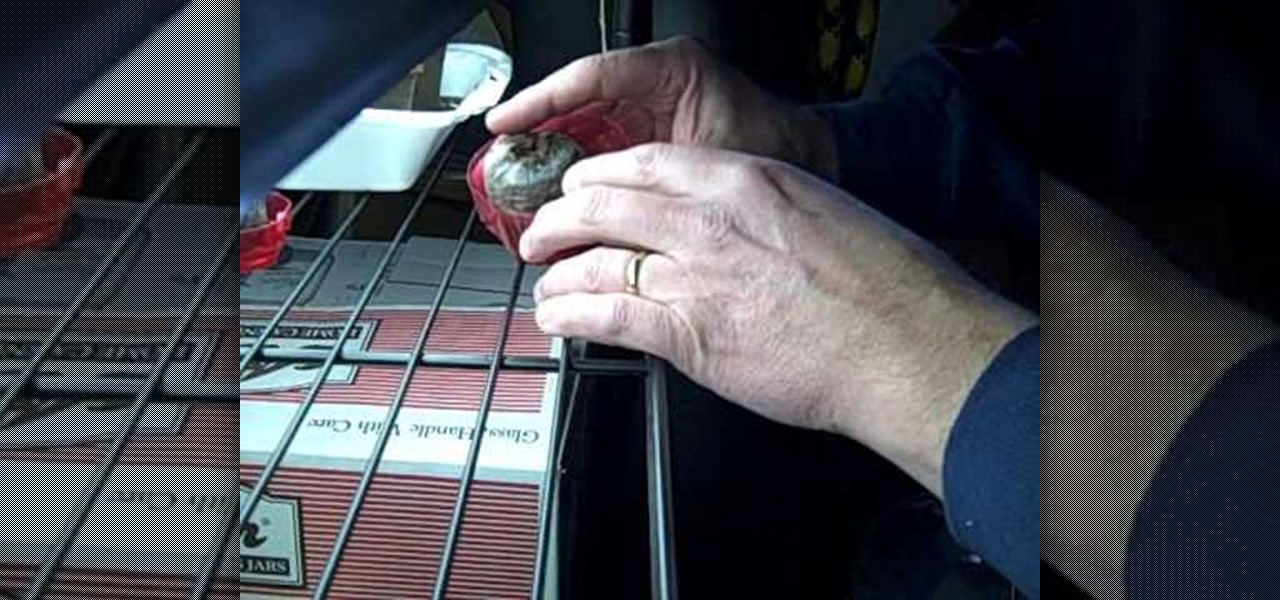
In this video Daniel Gasteiger demonstrates how to make a kitchen garden by planting seeds in pellets made of compressed peat moss. If the seeds are to be replanted outside this needs to be started 4 to 6 weeks before the last frost.
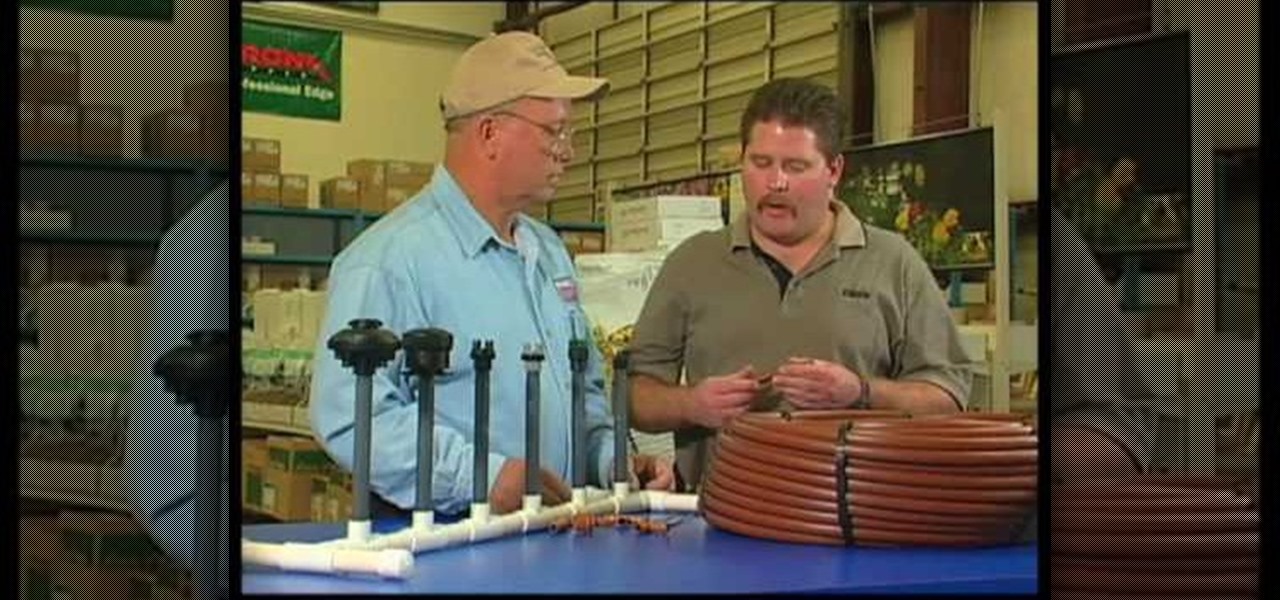
Drip irrigation systems in your garden are centered around a long length of pressure compensating drip tubing. The tubing will also need a pressure regulator and a "Y filter" to keep it clear of impurities. When laying the tubing down in your garden, be sure to keep the kinks out of the line. When choosing an emitter for your irrigation system, keep in mind the needs of your particular garden, and choose either a single emitter or one of various multi-emitters. Depending on the size of your g...

Eric with Real World Green explains how to make your lawn more environmentally friendly. First, let your grass go dormant in the summer and don't water it as much. When you mow your lawn, consider using a push reel mower. A mower with a gas engine pollutes more than modern cars do. If you are going to use a gas engine mower, keep the blades sharp for a more efficient job. Use a mulching mower, because yard waste takes up a lot of space in landfills. Consider tearing up some of your lawn and p...

Elizabeth Chamberlain, with Space Lift, demonstrates how to make room for love with feng shui at home. First, find your focus room with your energy map by laying the energy map on top of your floor plan. The love area is the far right corner from the front door, facing in. If the love area turns to be an outside area like a patio, clean it up. Remove the cacti and pointy plants to reduce arguments in the relationship. Clear out any unfinished materials and projects. Next, complete the area by...
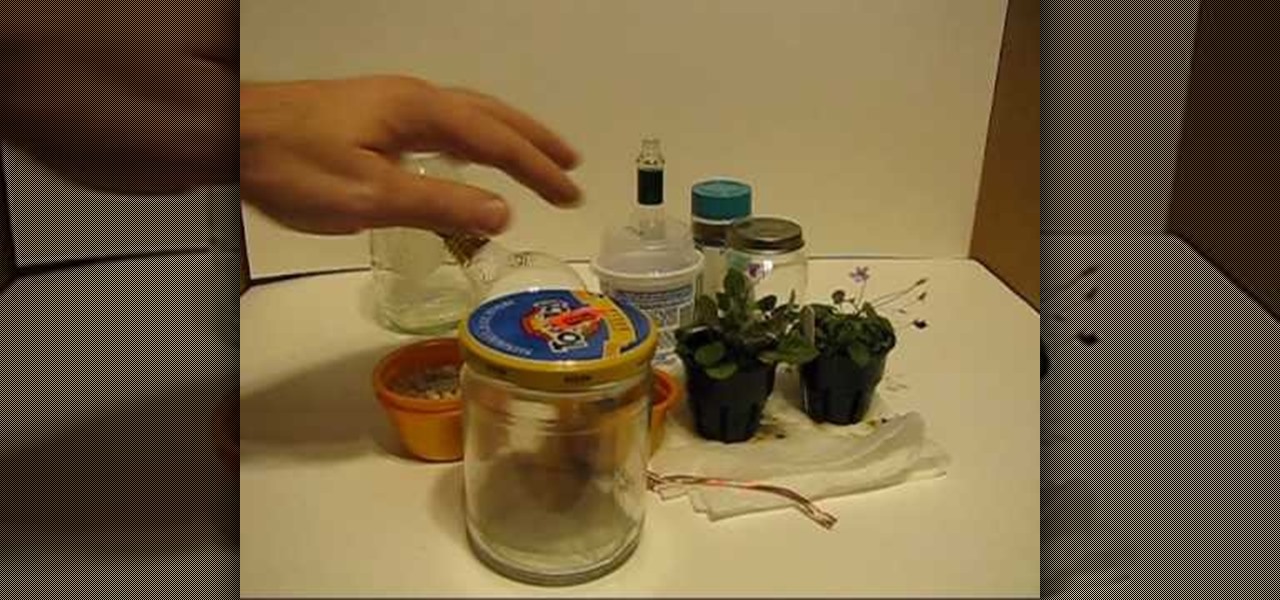
Learn how to make a micro terrarium which usually holds 1 small plant in simple steps. You can use any type of container like a light bulb, yogurt container, baby fruit jar, spice container, honey jar, etc. Now select your container and add some soil in it. Place the seeds if you are using them or plant the miniature sinningia in the soil. Use a copper wire to tamper down the soil nicely and close the container lid.
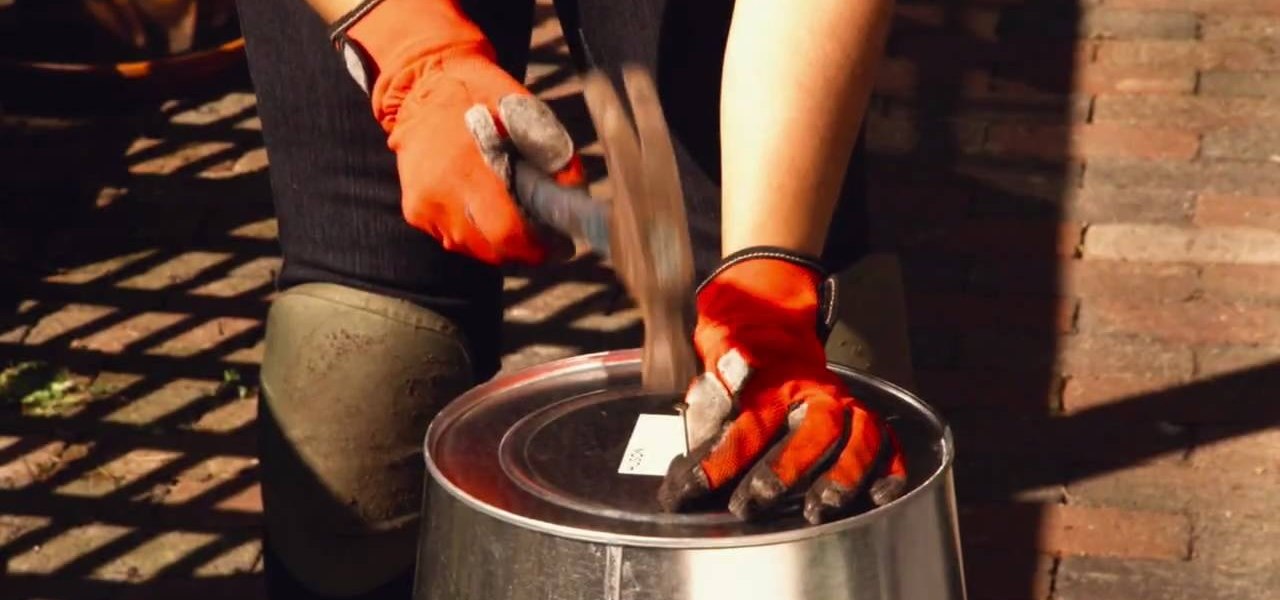
In this video, Patti the Garden Girl will show you how to put drainage holes in your container garden from galvanized steel containers. To avoid your plants sitting in water, you simply need a hammer and a nail that is about a quarter of an inch thick. You then should hammer about 10 small holes in the bottom of your galvanized steel planter. This should allow proper water circulation in your planter, preventing your plants from drowning. This is a perfect and easy way for any gardener who wo...

This video shows the viewer how to correctly water Phalaenopsis orchids. According to the video these are the type of orchids that most people have in their homes. The instructions are to water your orchid with Luke-warm water once every 7-10 days, or as often as is needed. The creator, Dave Epstein, also suggests adding 1/4 strength plant food to the water. He also recommends checking the medium that the orchid is planted in to judge whether watering is necessary. For more information on how...

In this video you are taught how to build a raised garden bed and hoop house. You first begin with a layer of gravel and then place the layers on top of it. You can use leaves you can find to fertilize the soil. The video also teaches you how to build a hoop house using PVC pipes. This video is for urban gardeners or anyone who wants total control during the planting process of beautiful plants and flowers.
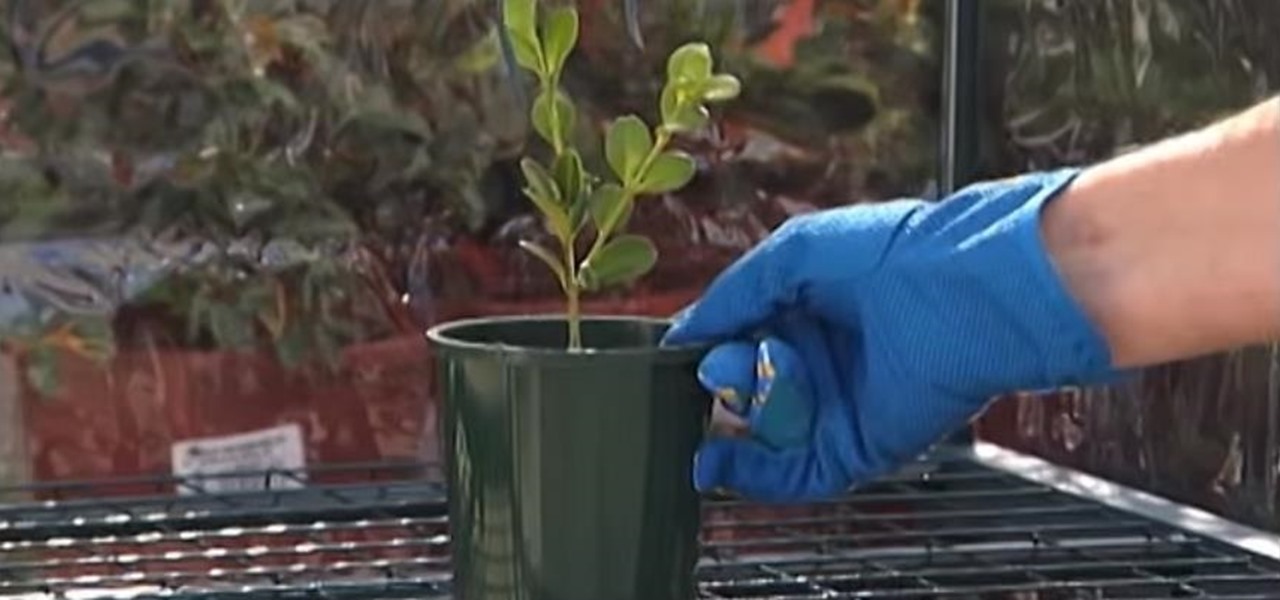
If you want to propagate plants from cuttings, this horticultural how-to will show you how. Make certain you prepare your pot with a propagating mix and make a small hole with your finger. Take the cuttings and strip your leaves. Next, dip your cutting into a hormone gel or powder before putting your cutting into your pot. For more, including complete step-by-step instructions on the propagation process, take a look.

How to grow your own asparagus; get professional tips and advice from an expert on growing your own fruits and vegetables in this free gardening video series.

Growing greens in snowy climates year-round with hoop houses is an easy farming practice to start. Learn to use hoop houses for growing greens from an organic farmer in this free gardening video series.
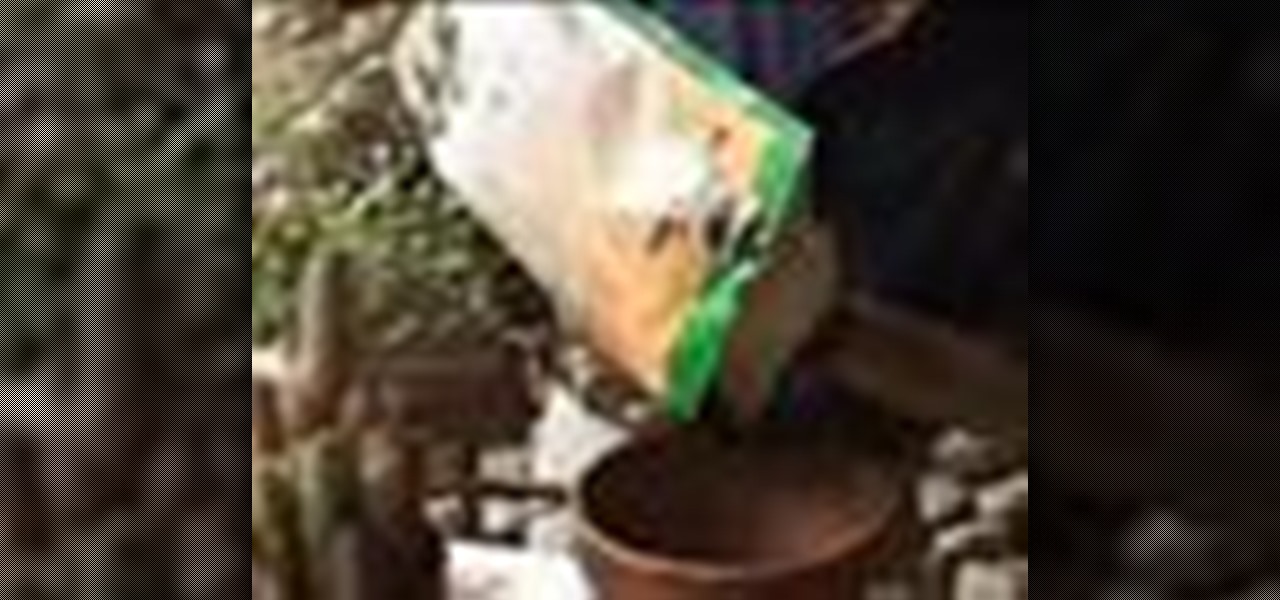
Cactus can do very well in containers if attention is paid to several things. One, use terracotta, it breathes well. Also, make sure there is a hole in the bottom because the soil shouldn't be sitting in water. And importantly use a Cactus soil mix, a mix that has a lot of sand, a lot of perlite. Although most plants don't thrive in mixes with a lot of sand, because it dries too fast, Cactus requires this condition. In fact, over watering is the number one way to kill a Cactus. To place the C...
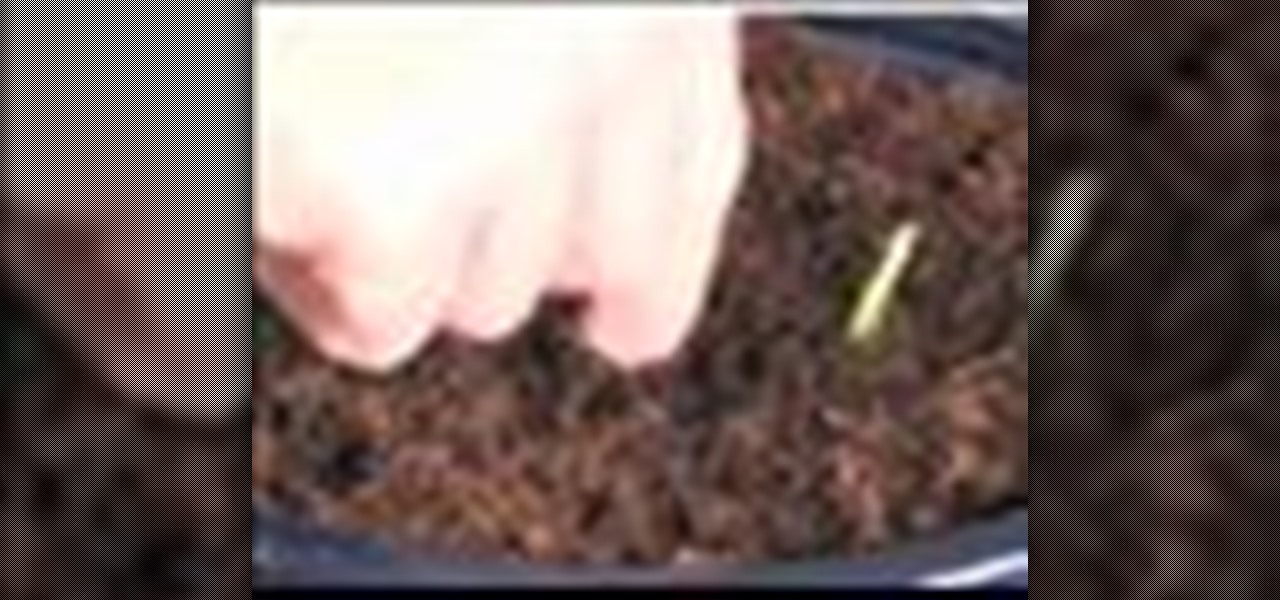
Bonsai trees have a great history to them. Although most people think a bonsai tree is a specific type of tree, in all reality, the word "bonsai" quite literally means "tree in a pot. To plant a bonsai tree from seeds, you will need: bonsai tree seeds, a peat pellet, paper towels, a sealable plastic bag, small pellet tray, a bonsai pot, bonsai soil, a larger tray and water. The seeds need to germinate before potting the seeds. This process generally takes nine days.
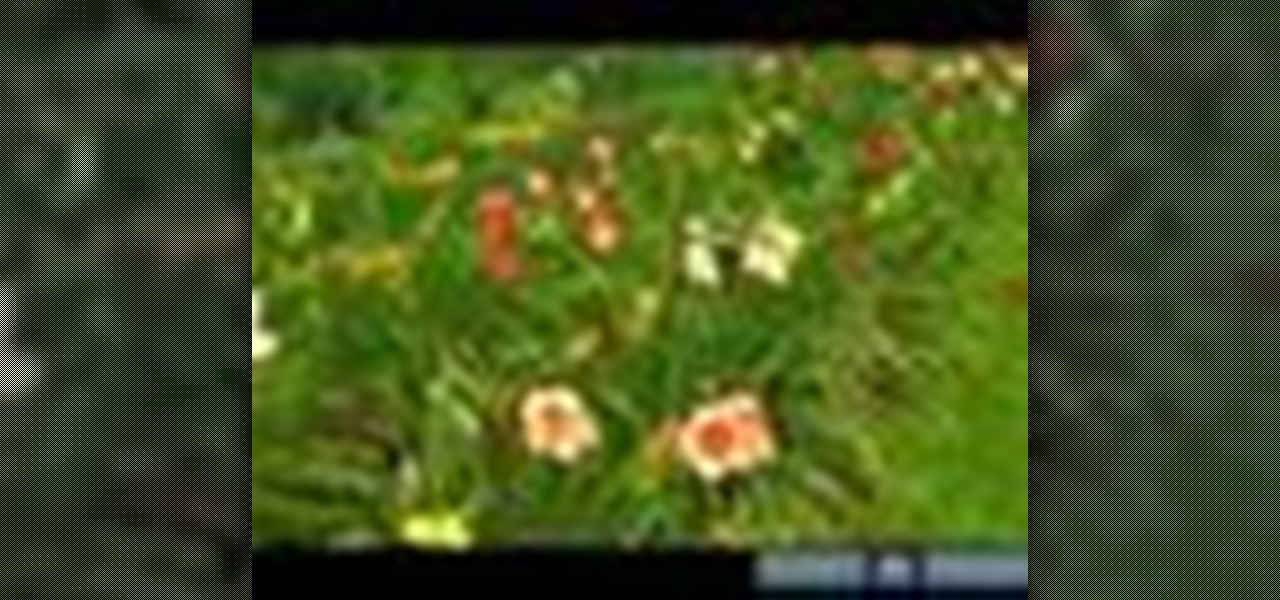
Our perennial gardening expert Martha Cycz tells you everything you need to know about daylilies, including how to incorporate them into your garden, how to position them for the right amount of shade and how to trim them without causing damage to the stems. She even discusses their root systems and suggests attractive color combinations. If you are unsure whether or not daylilies deserve to be in your garden, these videos will decide for you.

This video demonstrates how to make natural fiber rope using Douglas iris, a plant which is found along the Pacific coast from Santa Barbara from to Oregon. Before beginning, you should know that Douglas iris is poisonous when eaten, but it should be safe when you are handling it. The plant blooms every spring and dies every winter and has a brighter green color on top and a duller green towards the stalk, with a dark purple tint near the roots. You should collect plants which have died from ...

For anyone who has spent an entire afternoon attempting to assemble a set of IKEA chairs, these wooden masterpieces probably seem pretty appealing.
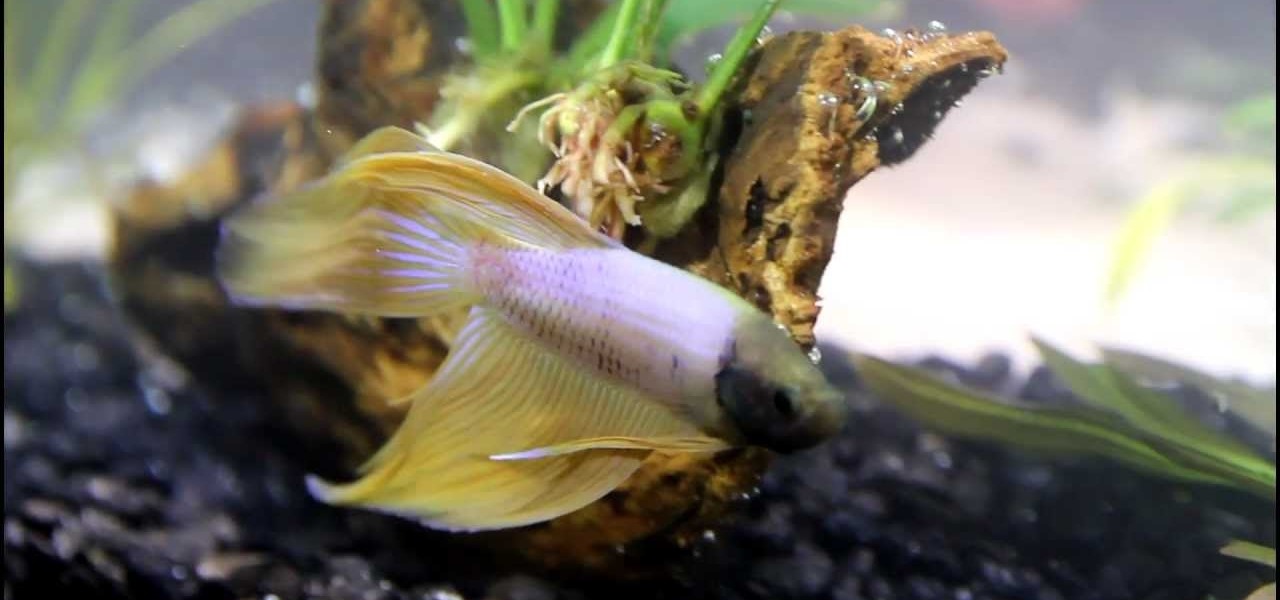
This is a single Betta male live plant set up that looks awesome ^^

Roughly five million years ago, humans split off from chimpanzees, who had in turn split off from gorillas five million years earlier.

Movember is here, and if you haven't already started growing your moustache, then you still have time. Movember takes place during the entire month of November, and if you haven't figured it out quite yet, it is a portmanteau of the words moustache and November.
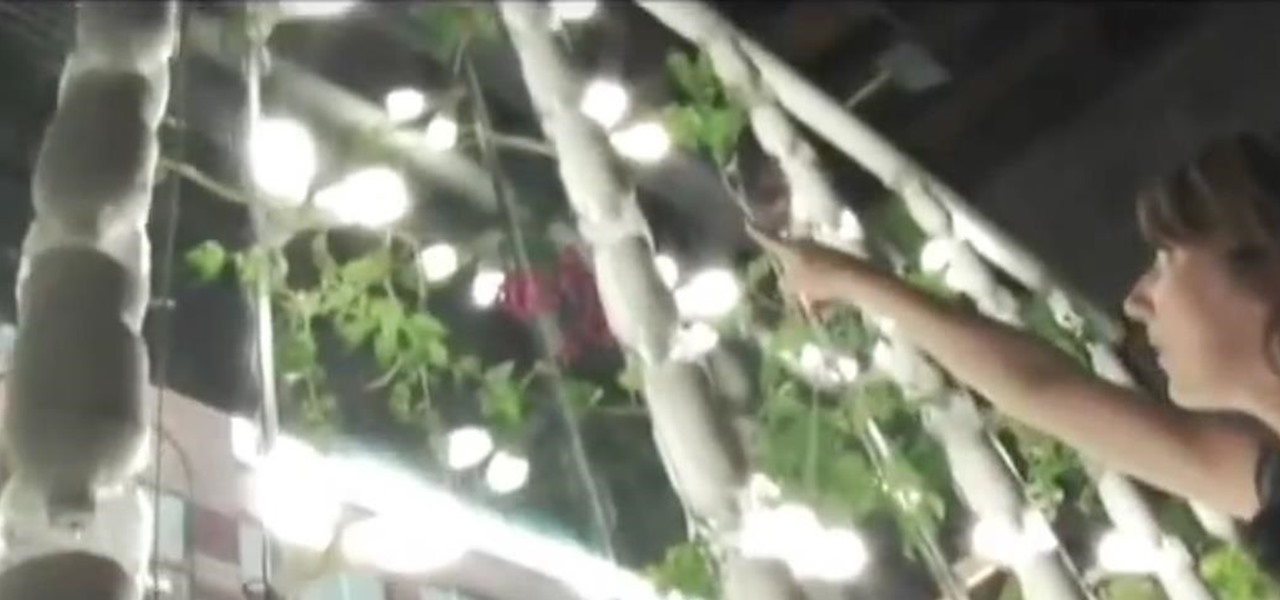
Growing whatever food that you can yourself is tremendously good for the environment because industrial food production has all sorts of ecological problems. If you live in an apartment, it might seem impossible to grow your own food. Think again! This video will show you how to make a window garden in your apartment and use it to grow herbs and other small crops, decreasing your carbon footprint and making your meals more green.
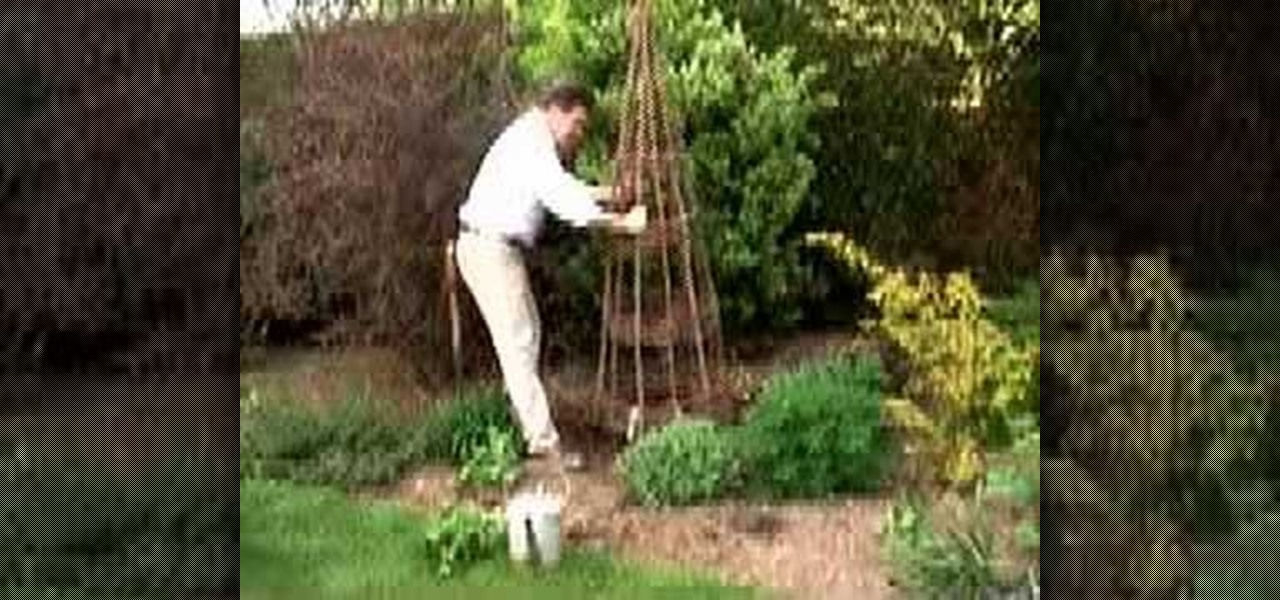
Learn how you can plant and care for sweet peas with this gardening tutorial. Sweet peas are one of the best annual climbing plants for the garden and they can be grown in several different ways to get a superb display of flowers through the summer months. Traditionally sweet peas were sown in the autumn and planted out in early April, but spring sown plants can be planted out into May and will still flower well, albeit slightly later. If you haven't sown any seeds but would like to grow some...